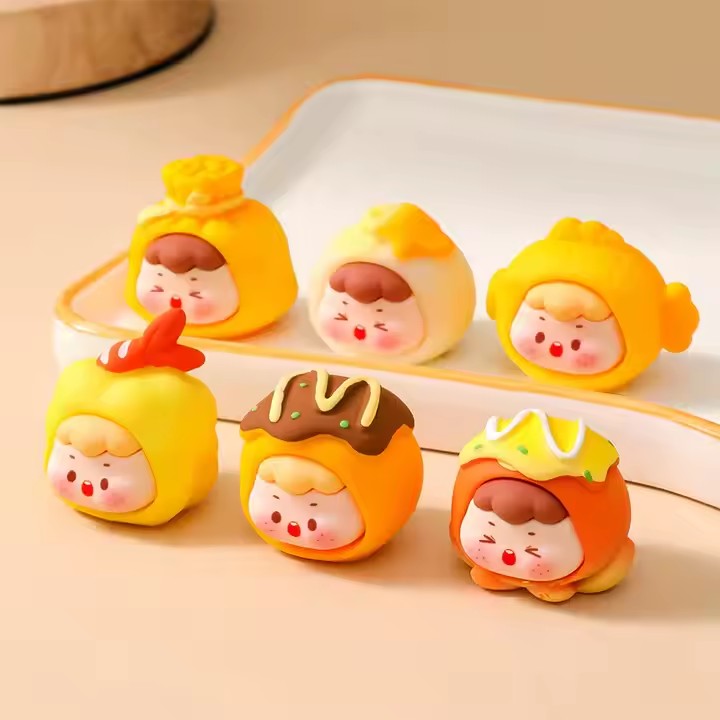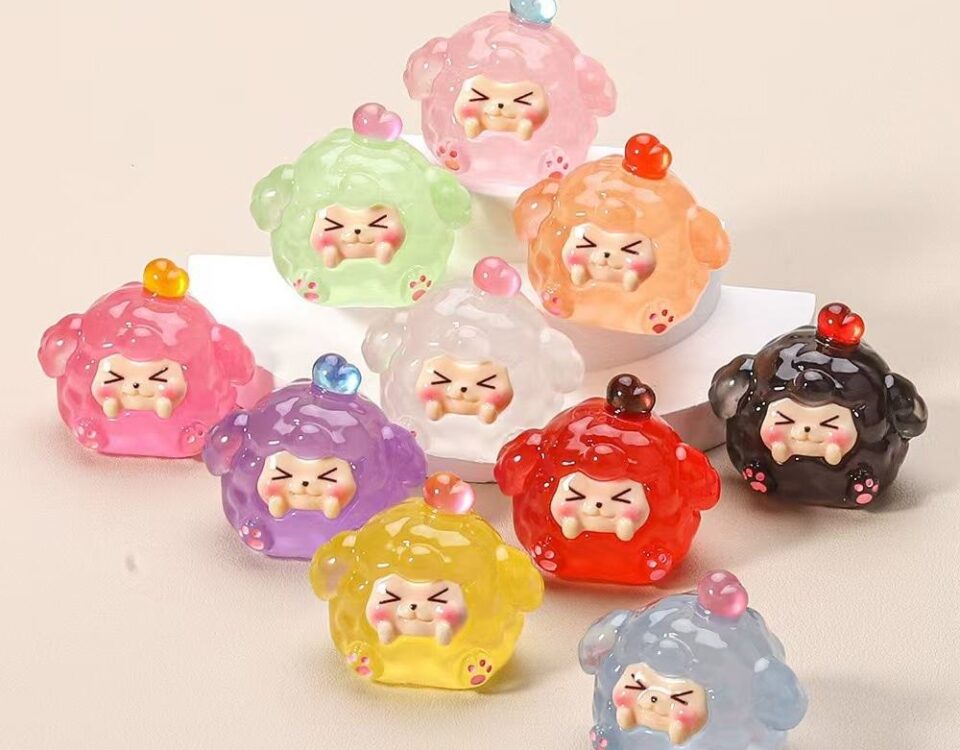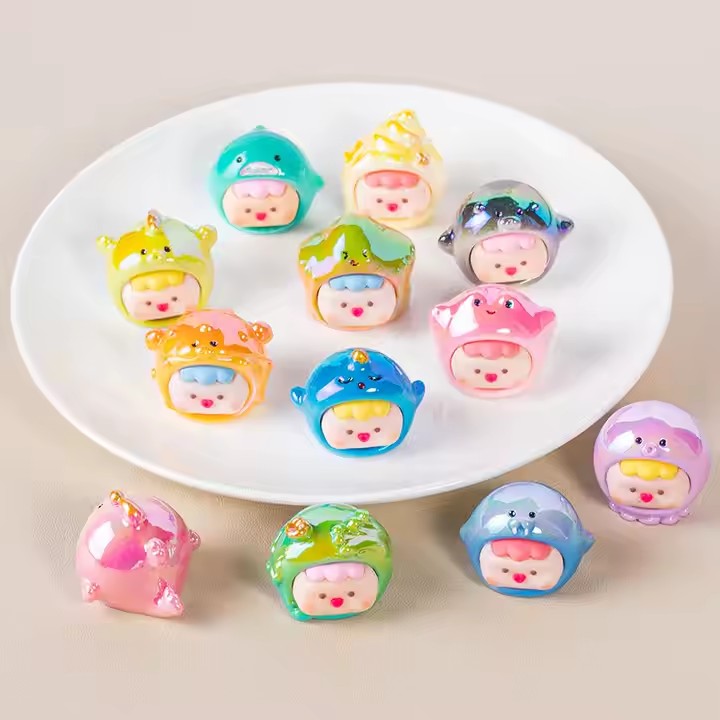3D Printing vs Traditional Molding: What’s Better for Custom Cartoon Figures?

How Different Materials Affect the Quality of Cartoon Figures
2025-07-17
Custom Mascot Figures: Use Cartoon Characters to Enhance Your Brand Identity
2025-07-17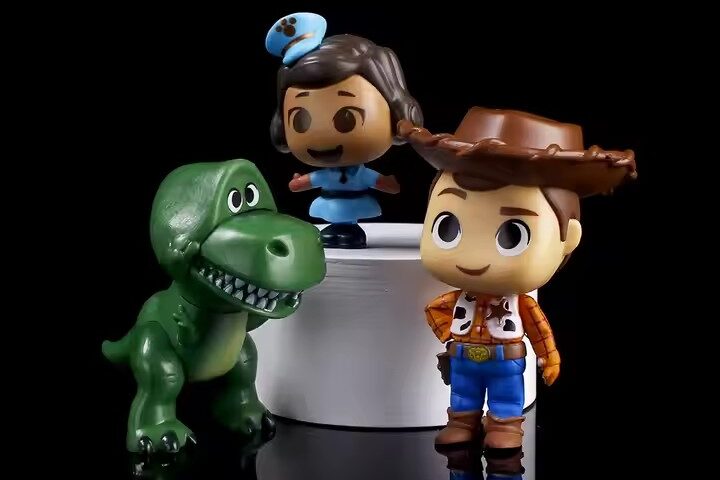
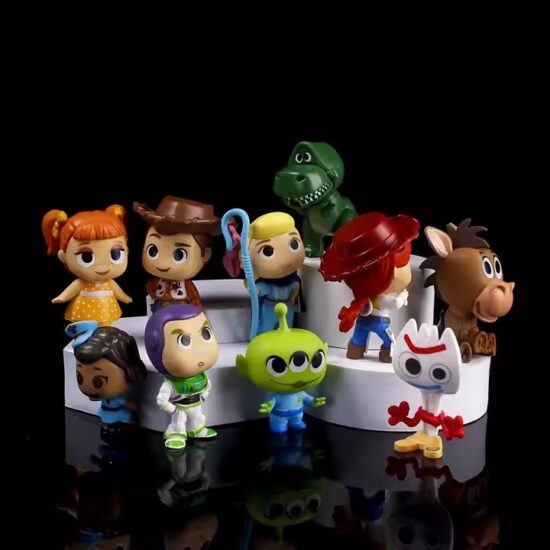
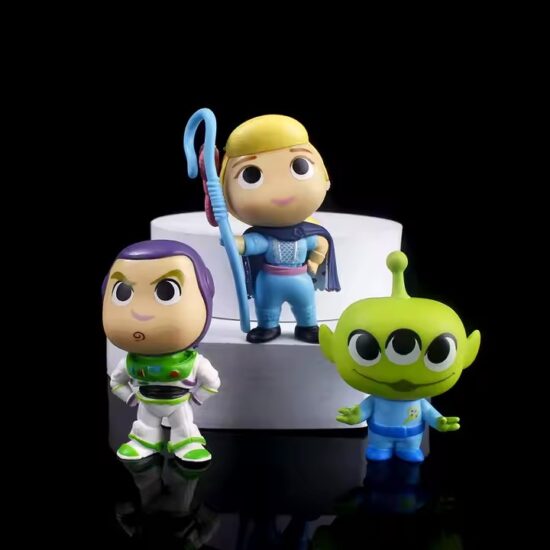
3D Printing vs Traditional Molding: What’s Better for Custom Cartoon Figures?
When it comes to creating custom cartoon figures, one of the first decisions you’ll face is how to produce them:
Should you use 3D printing or traditional molding?
Both technologies are widely used in the industry—but they serve very different needs. Let’s break down their strengths, limitations, and ideal use cases to help you decide which is best for your cartoon figure project.
🔧 1. What Is 3D Printing?
3D printing, also known as additive manufacturing, builds models layer by layer from digital 3D files. Common materials include resin, PLA, ABS, and nylon.
✅ Pros of 3D Printing:
-
Rapid prototyping: Perfect for sample creation or testing design ideas
-
High customization: Every unit can be slightly different without new tooling
-
Cost-effective for small batches: No mold fees
-
Short turnaround time: Fast sample production (3–7 days)
⚠️ Cons:
-
Slower for mass production: Printing hundreds of units is time-consuming
-
Surface finish requires post-processing: Sanding or polishing is often needed
-
Limited material durability: Printed parts may be more fragile than molded ones
📌 Best for:
-
Prototype samples
-
Kickstarter or low-volume collector projects
-
Custom one-off gifts or mascots
🛠️ 2. What Is Traditional Molding?
Traditional molding (like injection molding, rotational molding, or vinyl casting) uses pre-made molds to mass-produce figures from materials like PVC, ABS, or vinyl.
✅ Pros of Molding:
-
Ideal for large quantities: Cost per unit decreases significantly with scale
-
Strong, consistent quality: Durable materials and uniform appearance
-
Fine detailing with proper mold design
-
Long-term efficiency: Molds can produce tens of thousands of units
⚠️ Cons:
-
High upfront cost: Molds can cost hundreds to thousands of dollars
-
Longer lead times: Tooling setup adds 2–4 weeks before production
-
Low flexibility: Modifying the design requires new molds
📌 Best for:
-
Mass production
-
Retail/wholesale orders
-
Stable product lines or brand mascots
🧪 3. Side-by-Side Comparison
| Feature | 3D Printing | Traditional Molding |
|---|---|---|
| Upfront Cost | Low | High (due to mold creation) |
| Per-Unit Cost | High for large quantities | Low for mass production |
| Lead Time | Fast for samples | Longer due to mold tooling |
| Design Flexibility | Very high | Moderate once molds are set |
| Surface Finish | Requires post-processing | Smooth & consistent from mold |
| Material Variety | Moderate | Broad (PVC, ABS, vinyl, etc.) |
| Best For | Prototypes, low-volume orders | High-volume, consistent products |
🎯 4. Which Should You Choose?
Choose 3D Printing if:
-
You need a prototype, sample, or single piece
-
You’re testing multiple designs
-
You want a fast, flexible option without mold investment
Choose Traditional Molding if:
-
You’re producing 500+ units
-
You need strong, uniform quality
-
You have a stable or recurring product line
🤝 Final Thoughts
At [Your Company Name], we offer both 3D printing for prototyping and mold-based production for wholesale and long-term projects. Many clients use 3D printing for samples, then switch to molding for full production—this hybrid workflow saves time and ensures quality.
📩 Need advice on which method fits your project?
Contact us today and our technical team will guide you through the best option for your custom cartoon figure design.

